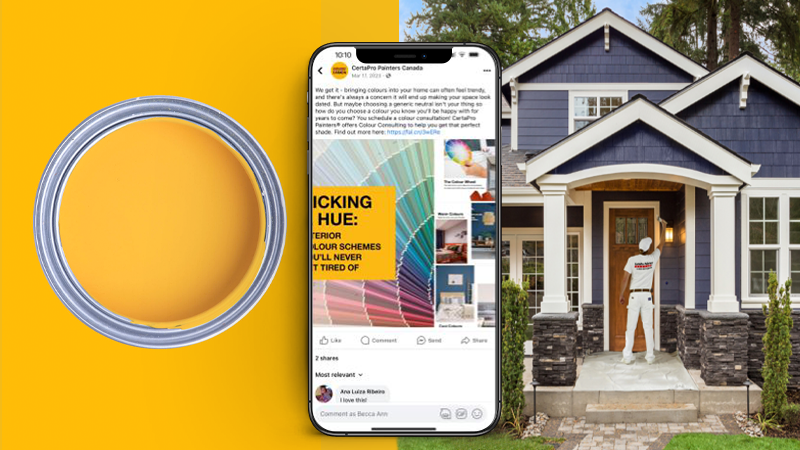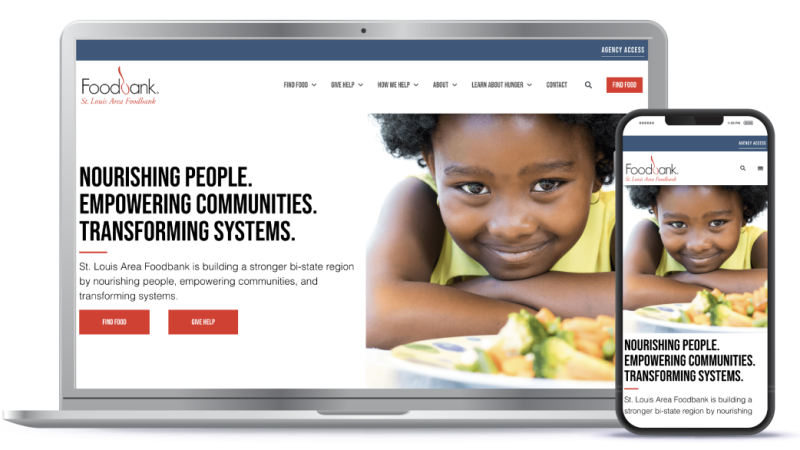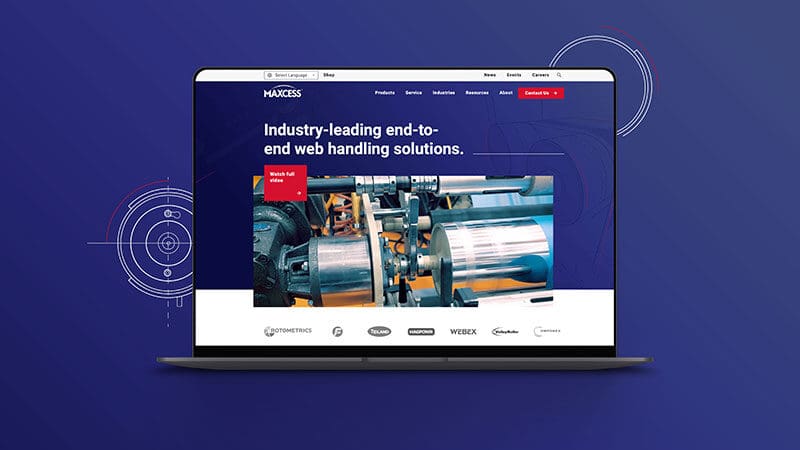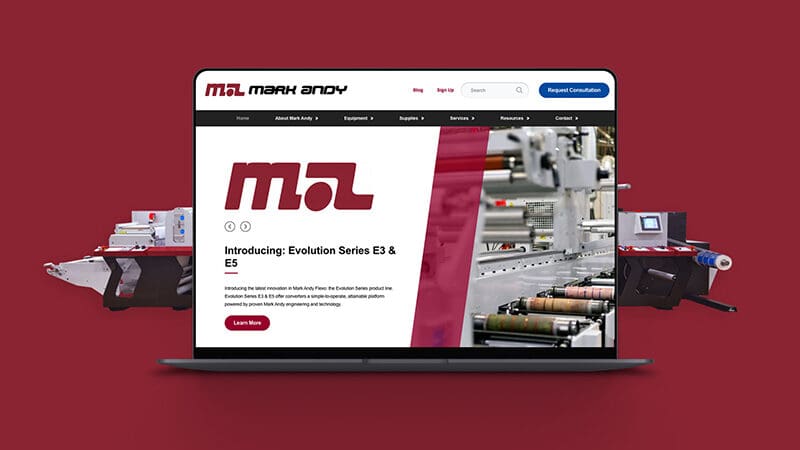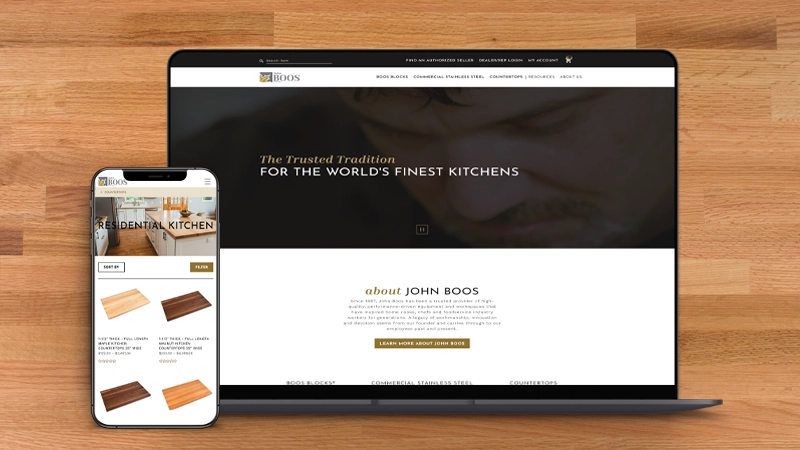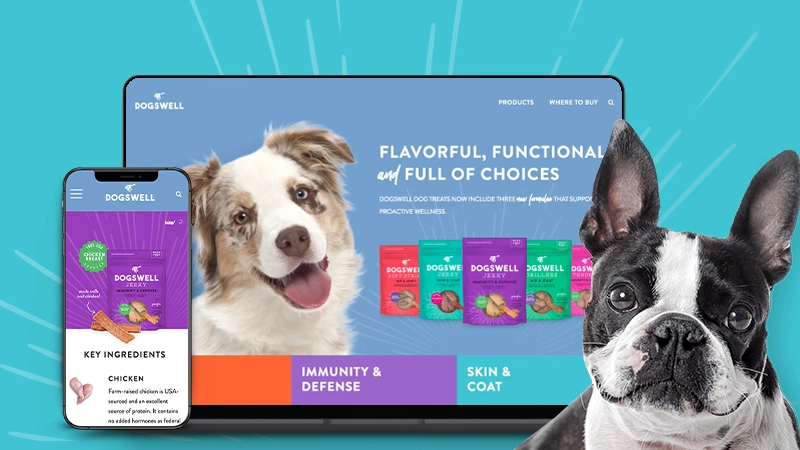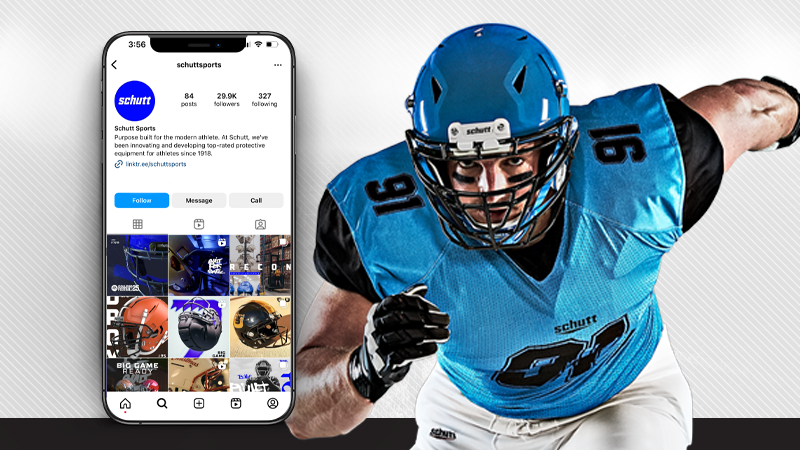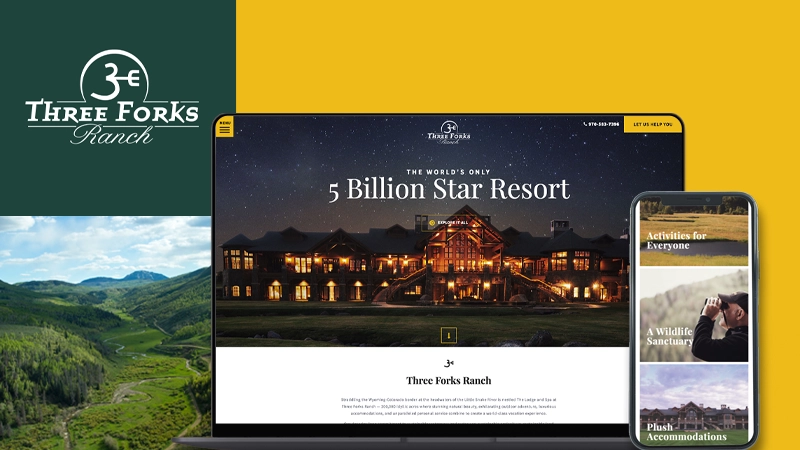Clients We’ve Helped So Far
We blend our proven process with an agile marketing approach to craft strategies that help businesses of all sizes and industries
Our Most Popular Marketing Services
Though we’re a full-service digital advertising and marketing agency, there are a few specific services we frequently partner with clients on to drive greater success for their business.
View Our Success Stories
Are We A Fit?
At Timmermann Group, we align with businesses who…
- Value Continuous EvolutionLike us, you’re Always Growing and seeking the next level.
- Appreciate Agile StrategiesYou need a partner who’s Strategic Yet Nimble. We pivot with purpose.
- Seek Genuine PartnershipsWith our Partner-First Mindset, we prioritize your success above all.
- Demand Prompt ActionYou act swiftly, and with our On the Ready approach, so do we.
- Focus on Solutions, Not ProblemsWe’re Solution Oriented, turning challenges into opportunities.
- Crave Authenticity (and a bit of fun)Be real, be Authentic A.F. (And Fun). We value genuine connections.
We have partnered with Timmermann for three years and we are so impressed with the improvement we’ve seen through SEO efforts across our brands. The team is always supportive and very patient. Julie is an incredible Director of Accounts. She is second to none. She will always brighten your day!
-Tracey Wiltshire, Tacony CorporationWe enlisted the services of Timmermann Group in May 2021 in order to elevate our brand's social media presence. Since then, they have helped develop a strategy and create modern graphics that are aligned with our goals. The Timmermann Group team is always quick to adapt to our changing needs and provide in-person support at events as needed, which has been a huge asset for our internal team.
-David Hennessey, CertaPro Painters®Timmermann Group has helped The Simon Law Firm climb toward our goals and has a strategic plan and recommendations each step of the way. The knowledge that each of the team members has is a great asset to our firm.
-Angela Louis, Simon Law FirmPartnering with Timmermann Group was a game-changer for us. Their expertise in SEO, PPC, and website optimization has not only improved our online visibility but has also significantly increased our customer conversions. The team's dedication and tailored strategies have been instrumental in our digital success, setting us apart in a highly competitive market. We're grateful for their ongoing support and innovative approaches.
-Clint Solliday, Jack Lehr Heating, Cooling & ElectricWe approached Timmermann Group for help with our digital marketing efforts. We've since partnered with them to implement search engine optimization and monthly analytics for our brand. Their strategic, methodical, and proactive approach to these services has resulted in the rise of our business's Google rankings for keywords that create results. We look forward to partnering with Timmermann Group on additional services in the future.
-Tom Fischer, DataServRob, Megan and the T-Group team get results. Period. They are professional, follow-up on deliverables and respect/value time. Highly recommend them for SEO, Social and Web Development.
-Shane Tow, CWC Roofing and ExteriorsTimmermann Group has been absolutely wonderful to work with. They have listened to our needs/wants every step of the way and have produced an amazing website that is really going to make our company shine!! The website is timeless and highlights our services in a really cool way! We can’t wait to launch it and share it with the world!
-Laura VanZante, MOXI EventsOur Awards

Hermes Creative Awards
Platinum – Search Engine Optimization

Hermes Creative Awards
Platinum – Social Ad Campaign
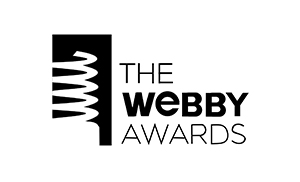
The Webby Awards
Social: Health, Wellness & Lifestyle

The Creative Excellence Awards
Website Design




